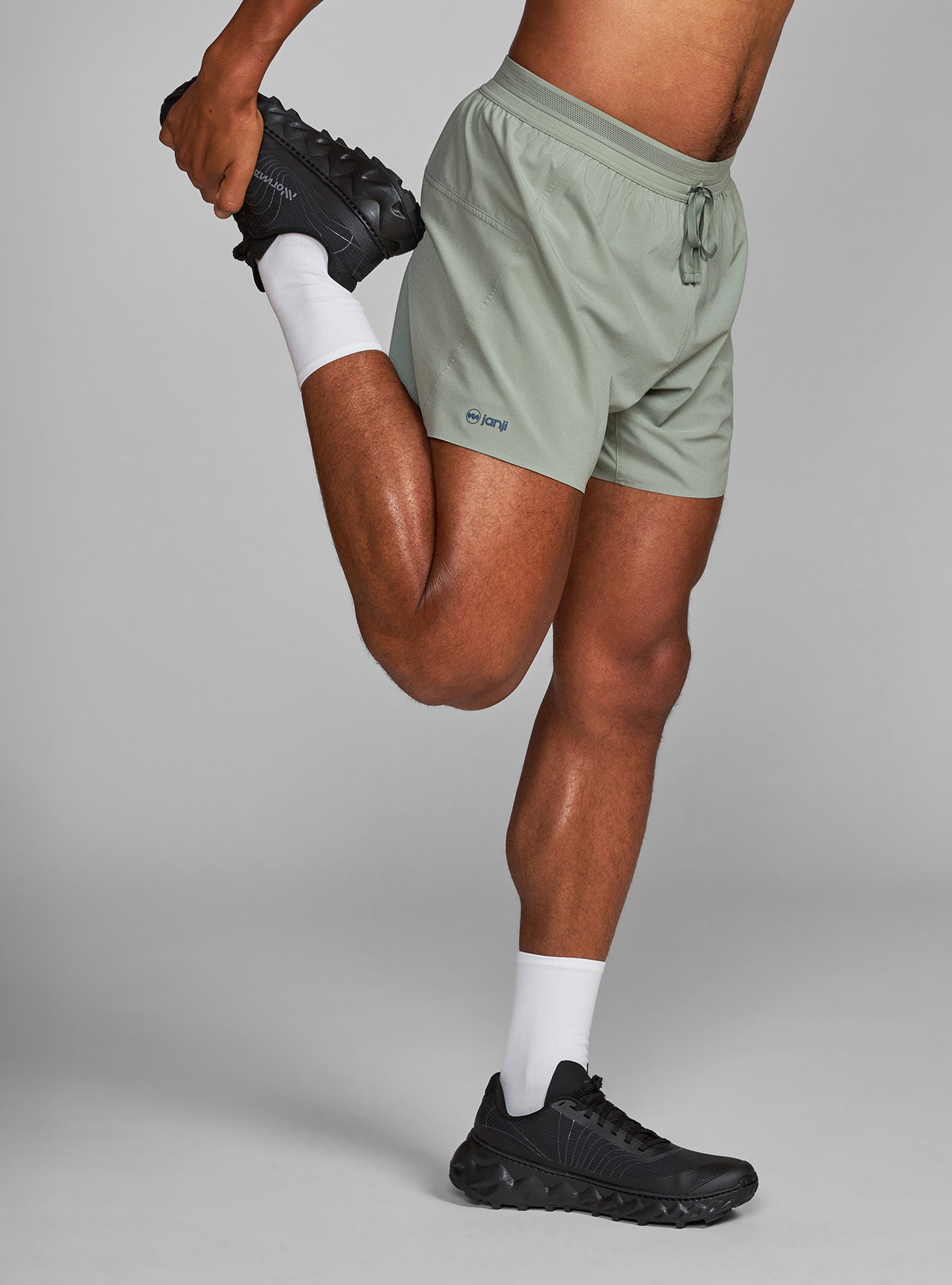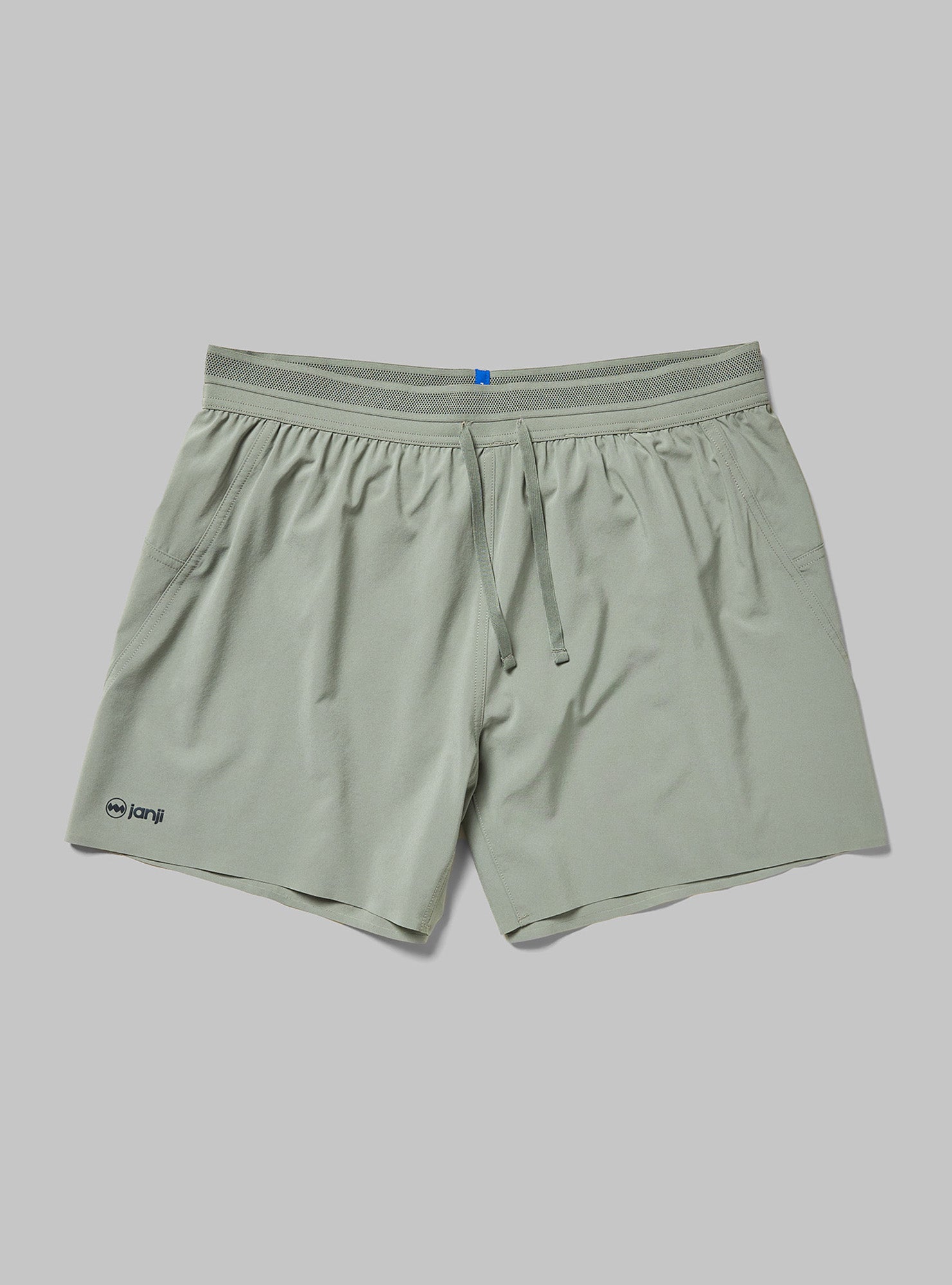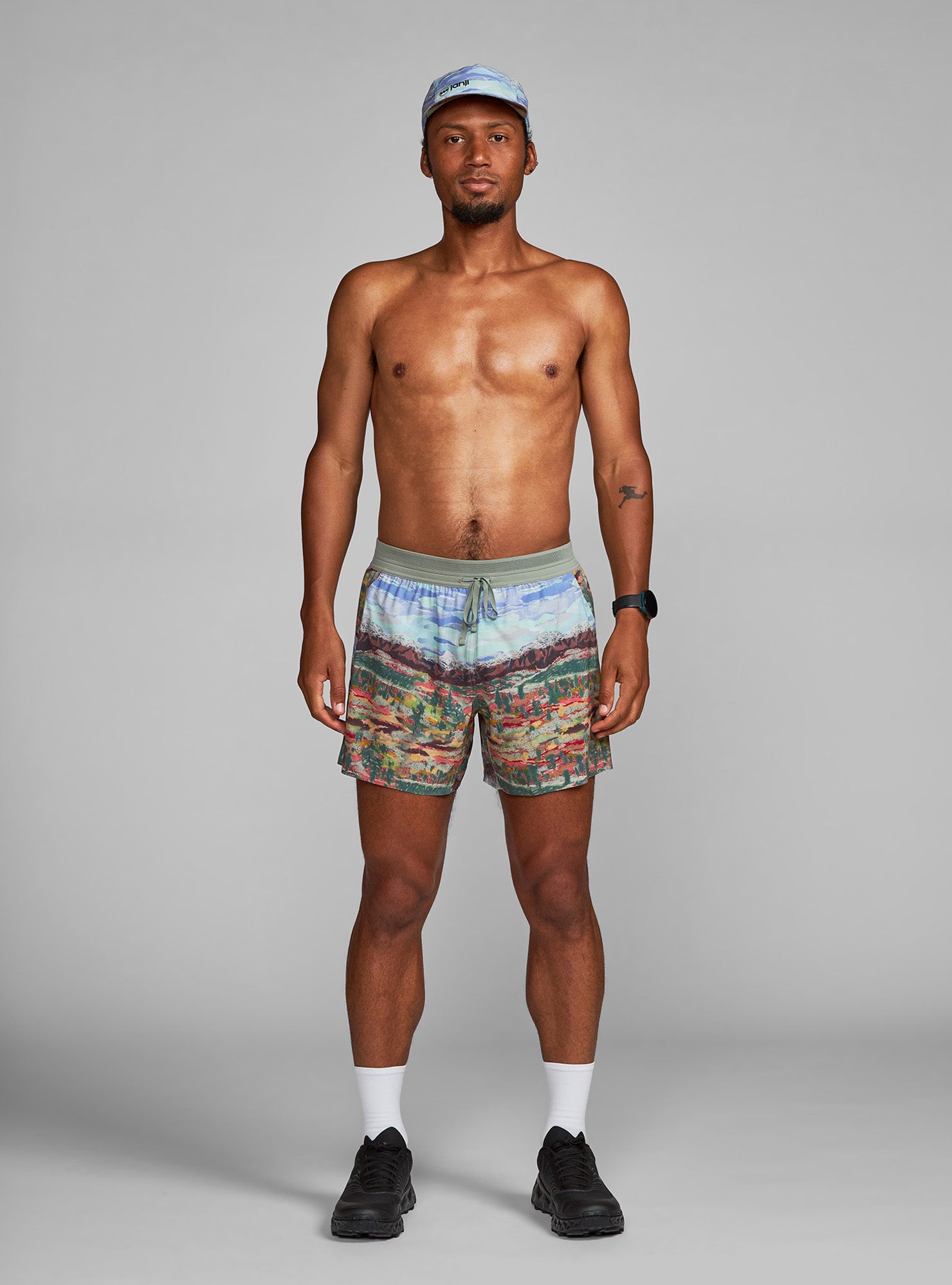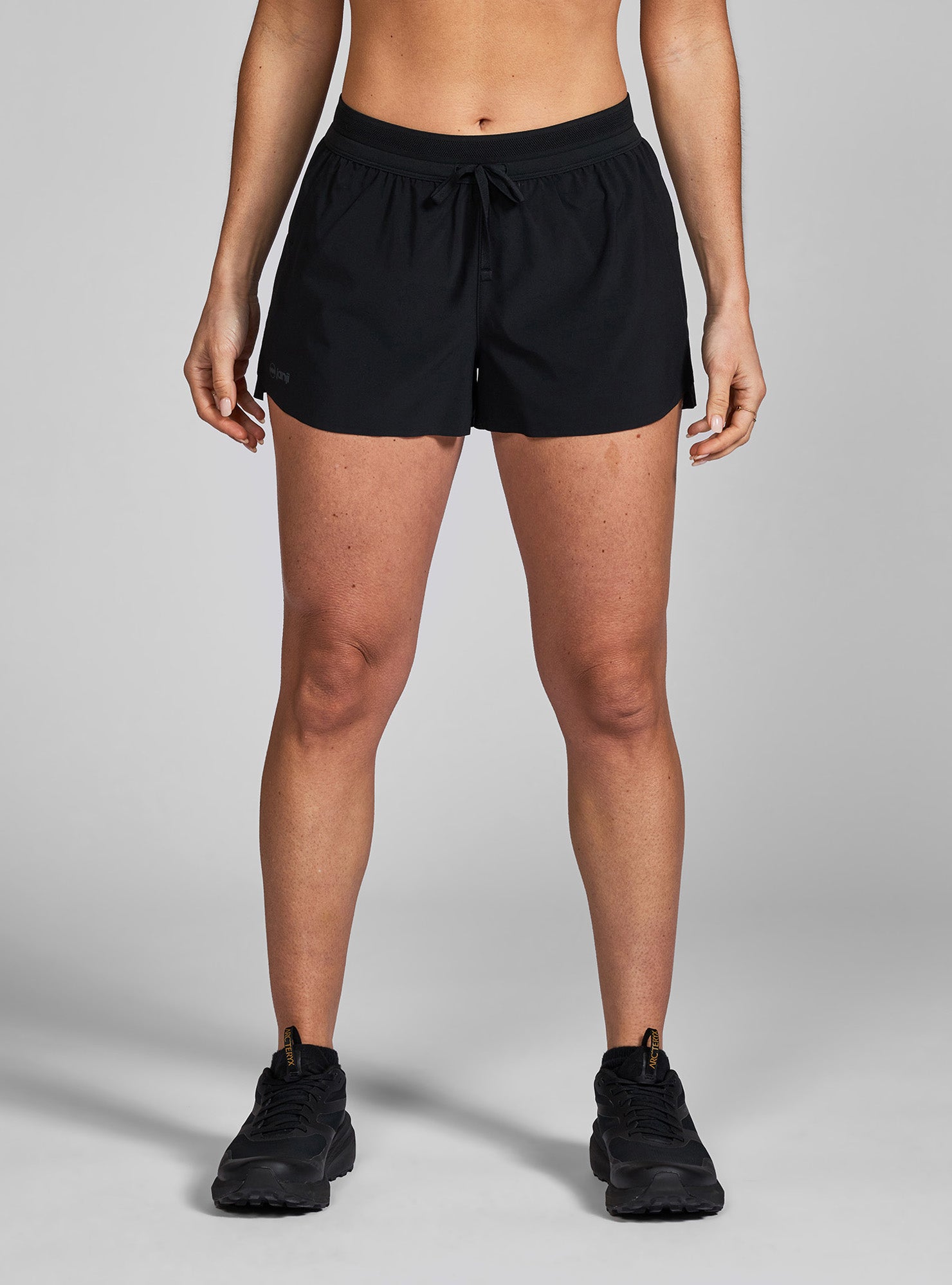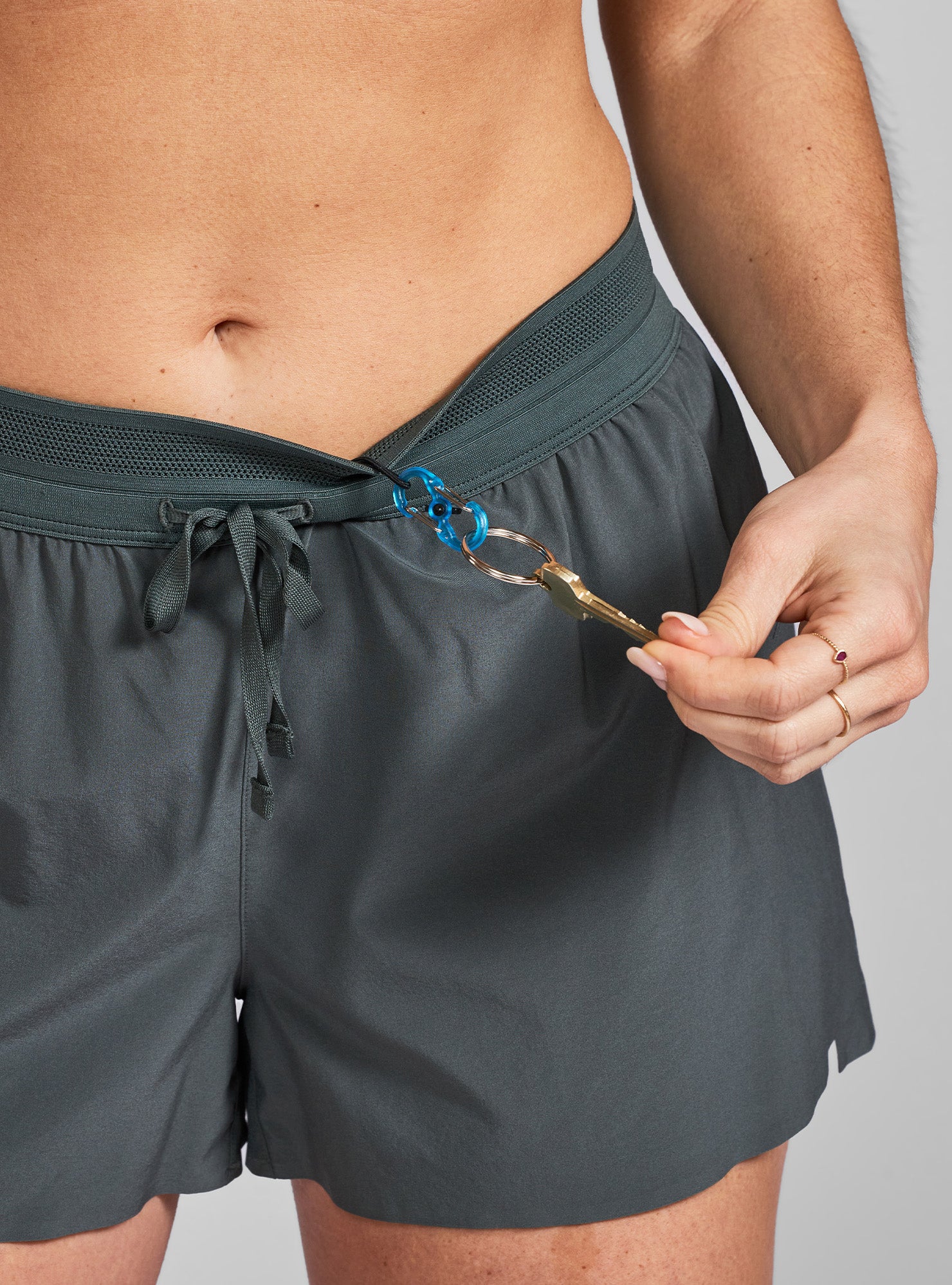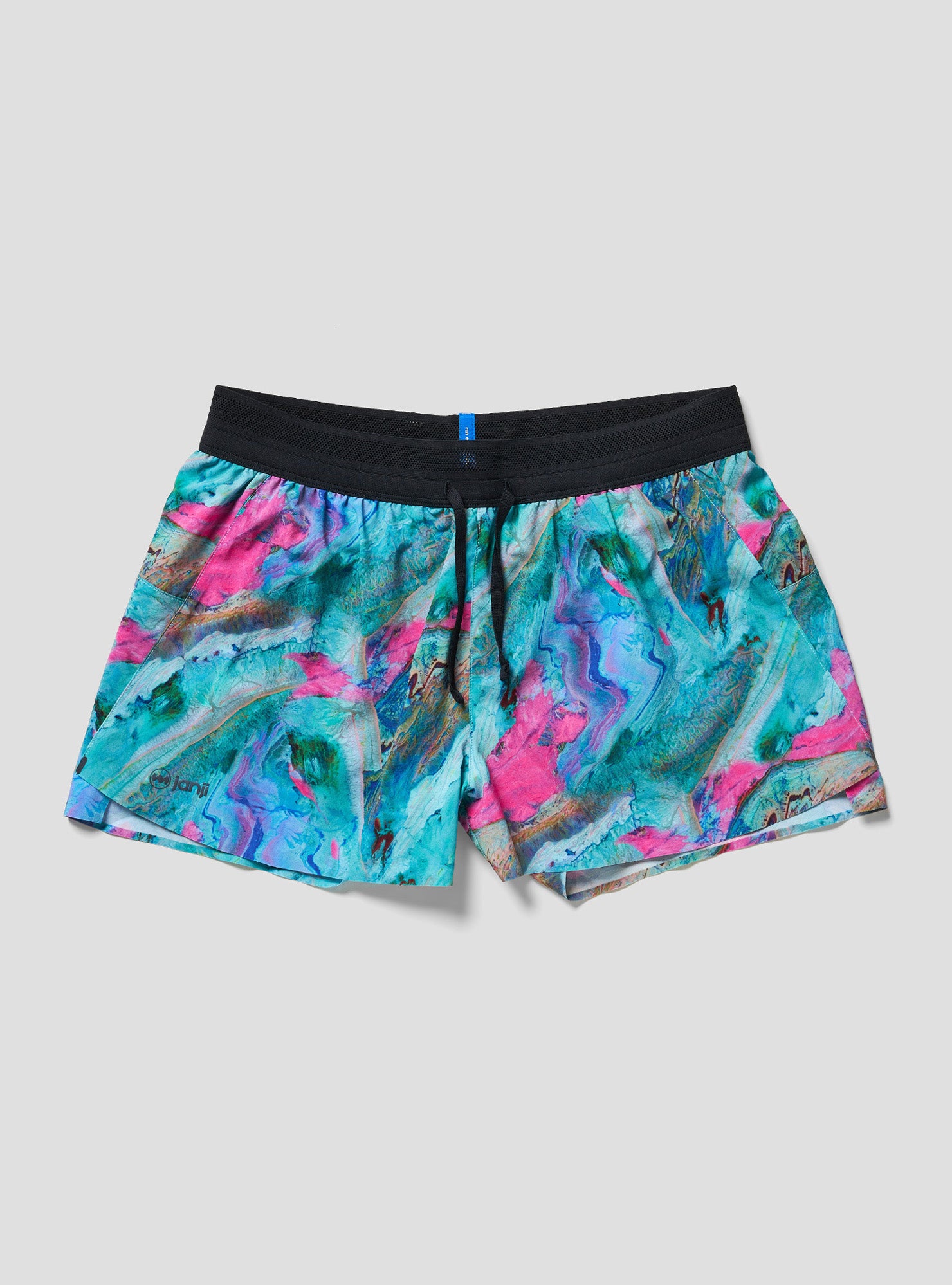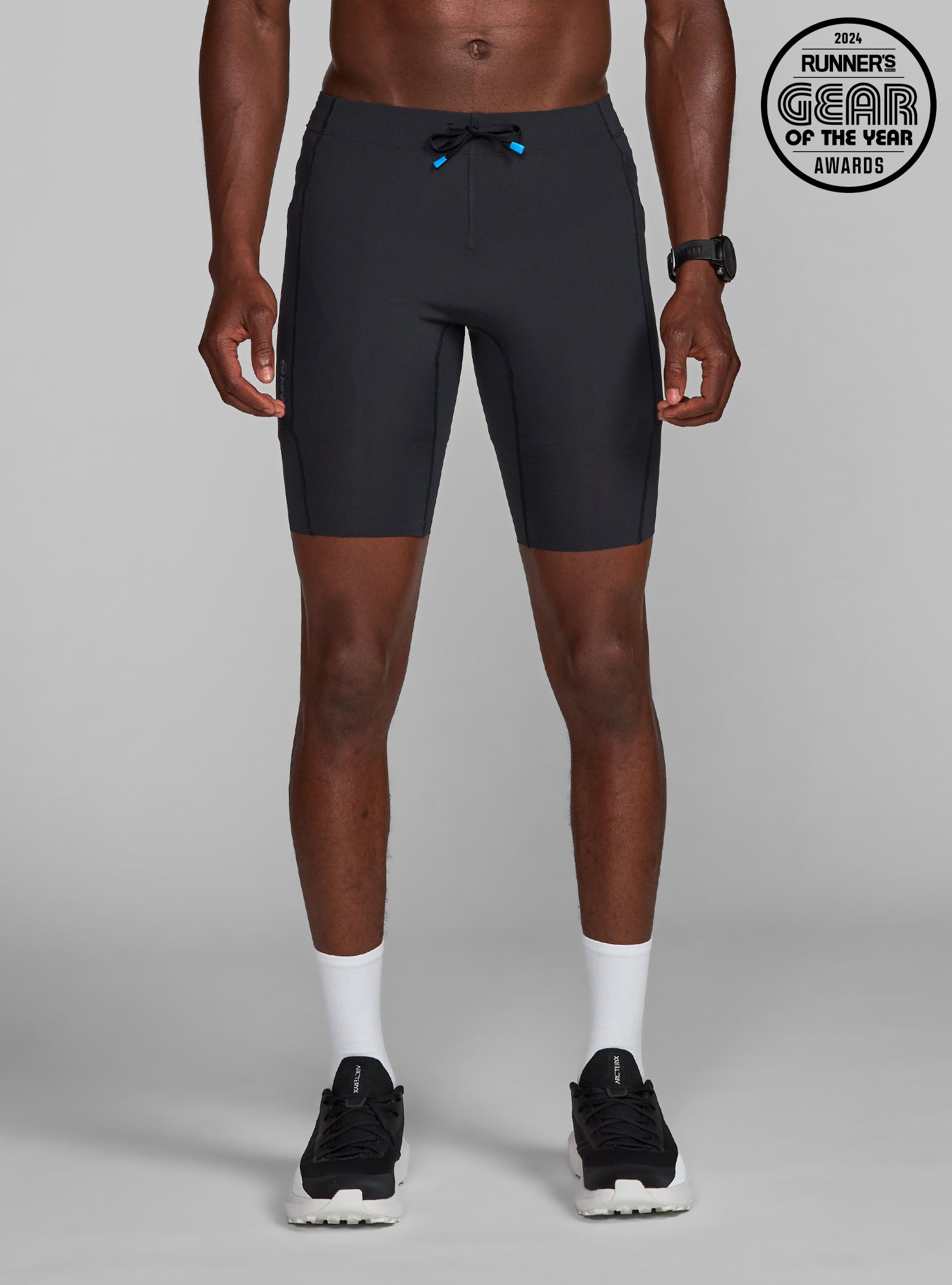Words and photos by: Rickey Gates
Packing List
This iconic loop takes runners over four mountain passes — West Maroon, Frigid Air, Trail Rider, and Buckskin — offering stunning views of the Maroon Bells.
I wouldn’t normally encourage a friend with no running experience and only a handful of days over 15 miles in their repertoire to join me for such an epic run. But, frankly, I knew he could handle it if we just maintained a swift hiking pace all day. 'Three to four miles per hour,' I told him—a pace that most people can at least imagine, even if their bodies start to protest in the later miles. Furthermore, I wanted to show that, with the right attitude, gear, and preparation, this loop is actually more accessible than a lot of folks believe.


On my fifth lap around the Maroon Bells, my partner is a friend I call Scrub. Depending on who you ask and when they met him, others call him Earz. He’s an accumulator of nicknames, and I suspect nobody—except maybe his parents—calls him Jason (and I’d guess they have a few nicknames for him, too). Our friendship goes back three decades to the Aspen Alpine Club, a youth organization centered on outdoor adventures around the Colorado mountains. Looking back, it feels like the last golden era before the threat of litigation stopped small, local youth groups from climbing mountains, sleeping in the rain, swimming in frigid mountain lakes, and other shenanigans that now seem stifled by laywers.
Shortly before six in the morning, with darkness still blanketing the sky, we left the Maroon Bells parking lot, where a few confident climbers were stowing final snacks in their packs for attempts at Pyramid Peak or one of the two Maroon Bells. We cruised past the glassy waters of Maroon Lake, hoping to spot the resident moose (no luck), and headed up the rocky trail toward Crater Lake, savoring the solitude and quiet. In just a few hours, this stretch of trail would turn into a corridor of short-trip day hikers adding a touch of wilderness to their Aspen itinerary.
As we neared the top of Buckskin Pass, the first light of the sun broke past Pyramid Peak behind us to the east, casting a deep crimson glow over the already maroon-colored rocks around us. I dashed ahead to catch the early light on the westernmost reaches of the Elk Mountains, where the granite of Snowmass and Capitol basked in a classic alpenglow. Scrub rejoined me as we gazed over at Snowmass Mountain (not to be confused with the nearby ski area of the same name). 28 years ago, with cracking voices and carefree summers, we had sat atop that fourteener, looking east, not realizing we were also gazing far into the future.
Descending from Buckskin, I encouraged Scrub to let gravity do more of the work. 'Lean forward, land on the balls of your feet, keep a consistent rhythm,' I advised, offering my best attempt at coaching a friend on running form. He followed suit, and before long, we were passing Snowmass Lake, only slightly tempted to take a fresh dip.
We made our way up to the top of Trail Rider Pass and then began the long descent into Fravert Basin, where the North Fork of the Crystal River ran strong, even this late in the year. We removed our shoes to cross, as it was otherwise possible to keep our feet relatively dry for the entire run.
Fatigue began settling into Scrub’s legs and lungs as we neared the top of Frigid Air Pass. We’d climbed nearly 7,000 of the day’s 8,000 feet—an effort equivalent to climbing and descending two of Colorado’s famous fourteeners. Despite the fatigue, our moods remained cheerful, thanks to the simple perfection of this warm, clear autumn day and the sight of wildflowers clinging on, hoping for what little pollination the remaining insects might manage. Yes, there were miles to go. But it was clear we’d make it all the way through with plenty of sunlight left.
Trail History
The Maroon Bells offer a captivating blend of geology, diverse ecology, and rich human history. Formed over 300 million years ago, the majestic peaks that provide the contour for the loop are primarily composed of highly fractured red sandstone, metamorphosed by heat, pressure, and time into shale, giving them their striking reddish hue. Following a dramatic uplift, the impressive spires and steep valleys were sculpted by glacial activity, which carved out the remarkable landscape visible today.
Ecologically, the Maroon Bells region boasts a rich tapestry of flora and fauna. The area is home to diverse ecosystems ranging from lush alpine forests of aspen and spruce to colorful wildflower meadows. Wildlife such as elk, mule deer, and a variety of birds can be spotted throughout the landscape, thriving in the unique high-altitude habitat. The region’s alpine lakes, fed by melting snow, support aquatic life and serve as vital water sources for surrounding ecosystems.
Human history in the area dates back thousands of years, with Native American tribes, including the Ute people, utilizing the land for hunting and gathering. In the late 19th century, the discovery of silver led to a mining boom, bringing settlement and industry to the region and a forced relocation of the Ute people to Utah and the Four Corners region adjacent to Navajo Nation. Today, the Maroon Bells are a focal point for outdoor recreation, preservation efforts, and tourism, reminding visitors of both the natural splendor and historical significance that shape this iconic Colorado landmark. The Maroon Bells continue to inspire and captivate those who explore their breathtaking terrain.


Getting There
Getting to the trailhead at Maroon Lake requires either an early morning drive or the convenient and frequent bus service from Aspen Highlands parking lot ($16). If you plan on going early, know that cars are allowed past the information kiosk up until 7am. You will need to pay a one-time fee of $10 (valid for one week) or display your annual National Parks Pass. Car camping at the trailhead is prohibited.
On the Day
Even by mid-autumn, water is ubiquitous along the Four Pass Loop. We found that one-liter capacity, with a filter, was more than sufficient to get us from one water source to the next. As for food, unless you plan on foraging for berries or mooching off of backpackers, you’ll need to bring enough calories for the full 28 miles.
Check local forecasts - like much of the Rockies, there can be dependable weather windows for multiple days. However, monsoon season and other weather cycles can make for rapid drops in temperatures with potential for torrents of rain or even snow.
At the trailhead, there is water and pit toilets but no food. Though Aspen is not known for its budget cuisine, consider a few local options when you are through with your big day: Hometown BBQ, 520 Grill, and The Big Wrap, to name a few.
Run with Rickey
Feeling inspired? Sign up to join Rickey on his next big trail-running trip.
About Rickey
For the past thirty years, running has been a central part of Rickey Gates’s life. Whether it be in the competitive realm of racing or the obsessive realm of curiosity, or a mindful space of meditation, running has long been the primary medium through which Rickey has interacted with the broader environment around him.
In an effort to understand his country, community, and self, Rickey completed two unbelievably ambitious, back-to-back running projects: TransAmericana (2017) in which he ran across the entire United States, and Every Single Street (2018) in which he ran, street by street, the entirety of San Francisco. His current obsession (which you are currently reading) is to paint a picture of North America through trails. He lives in Santa Fe with his wife and two children.

































